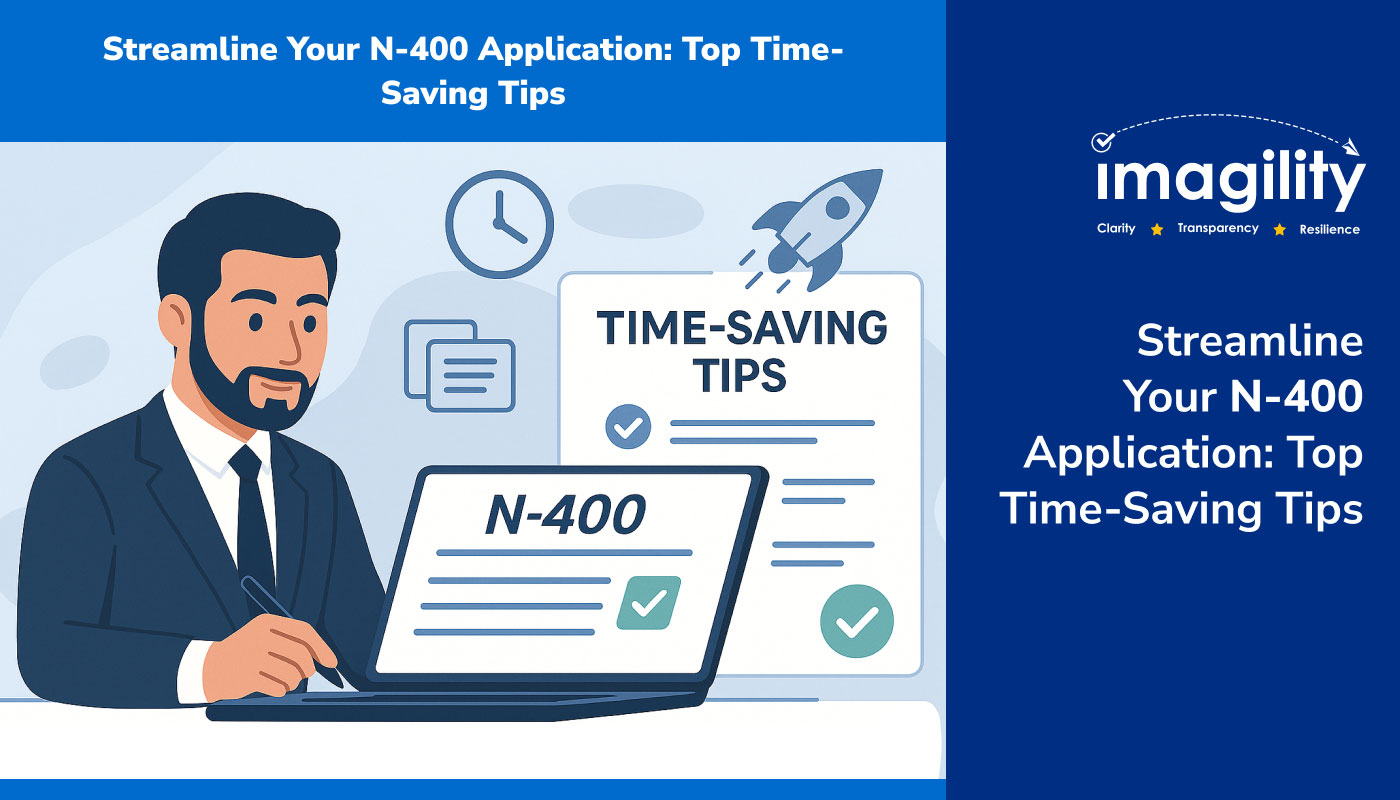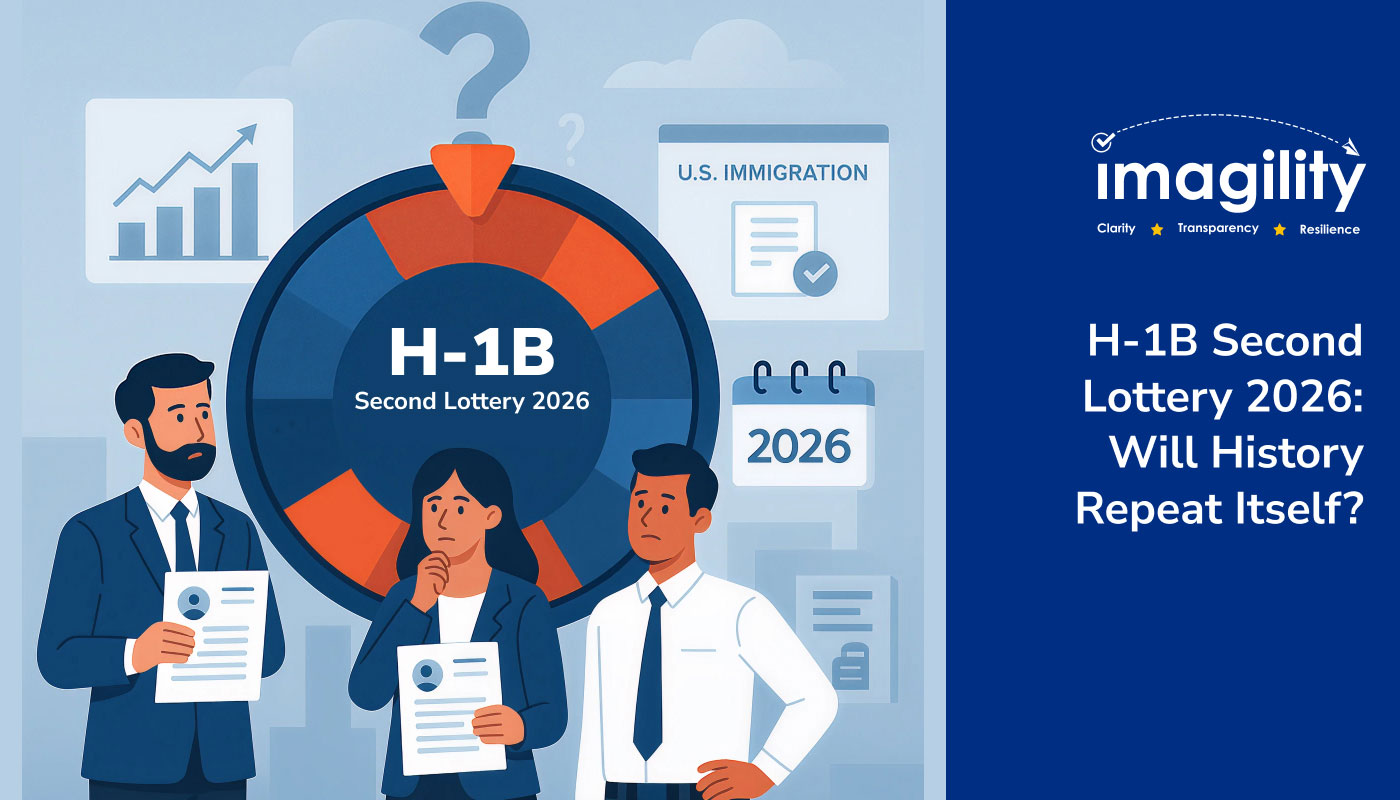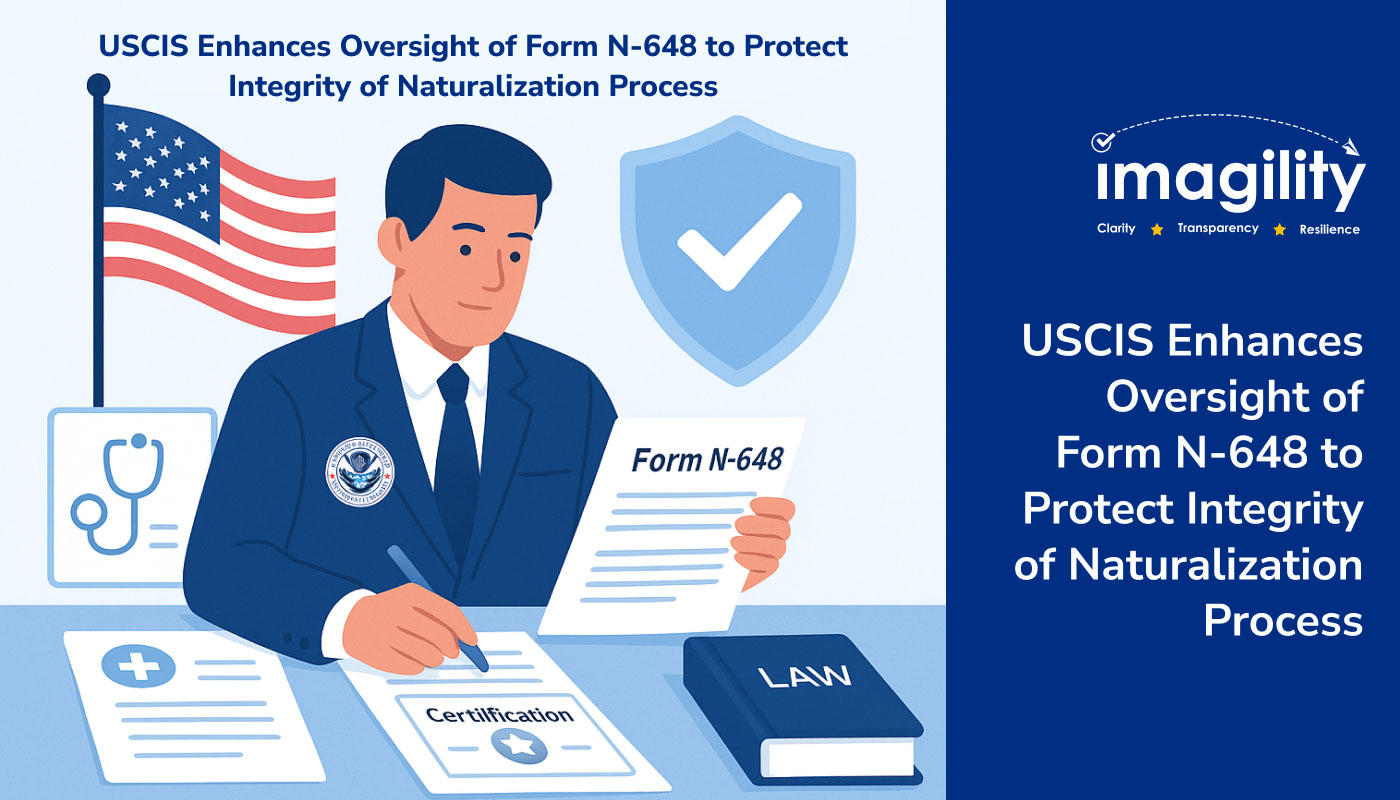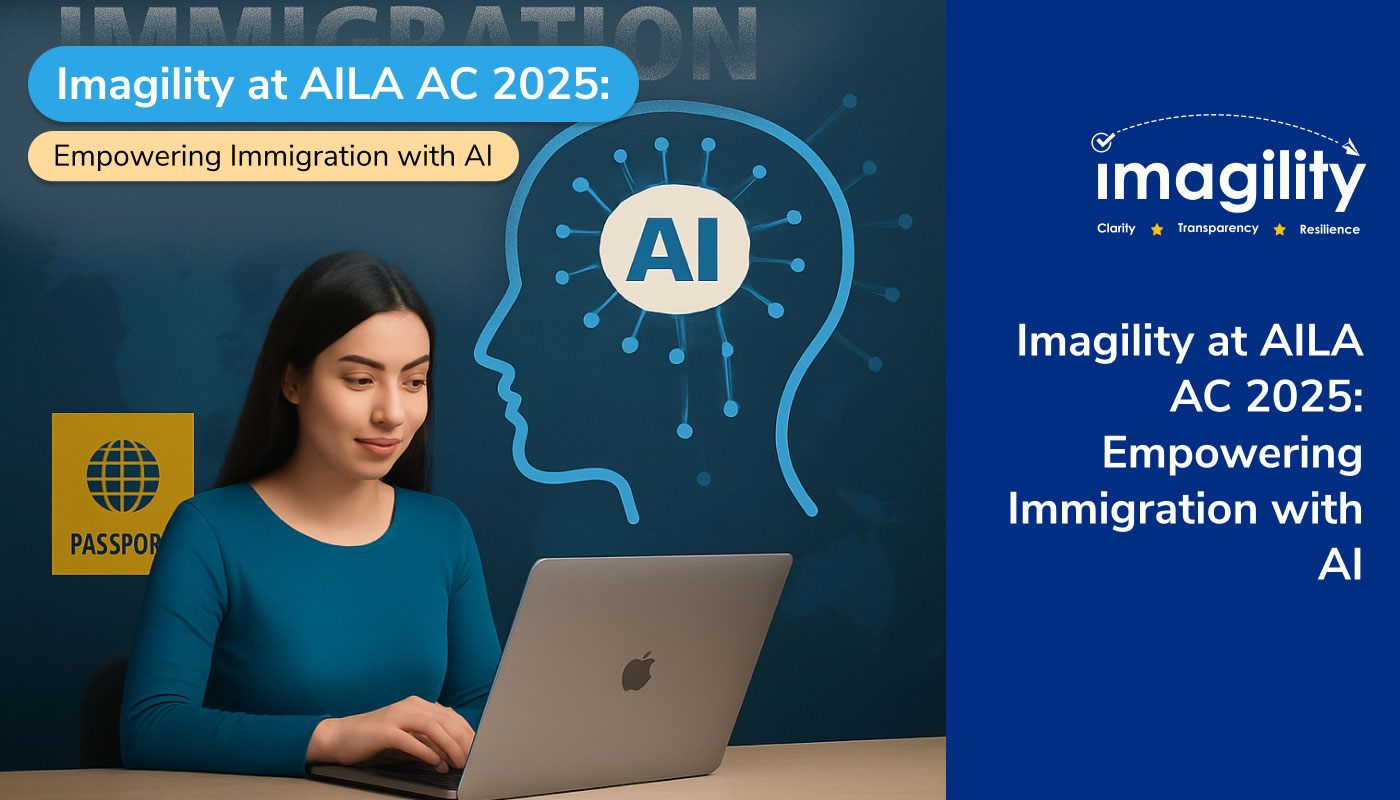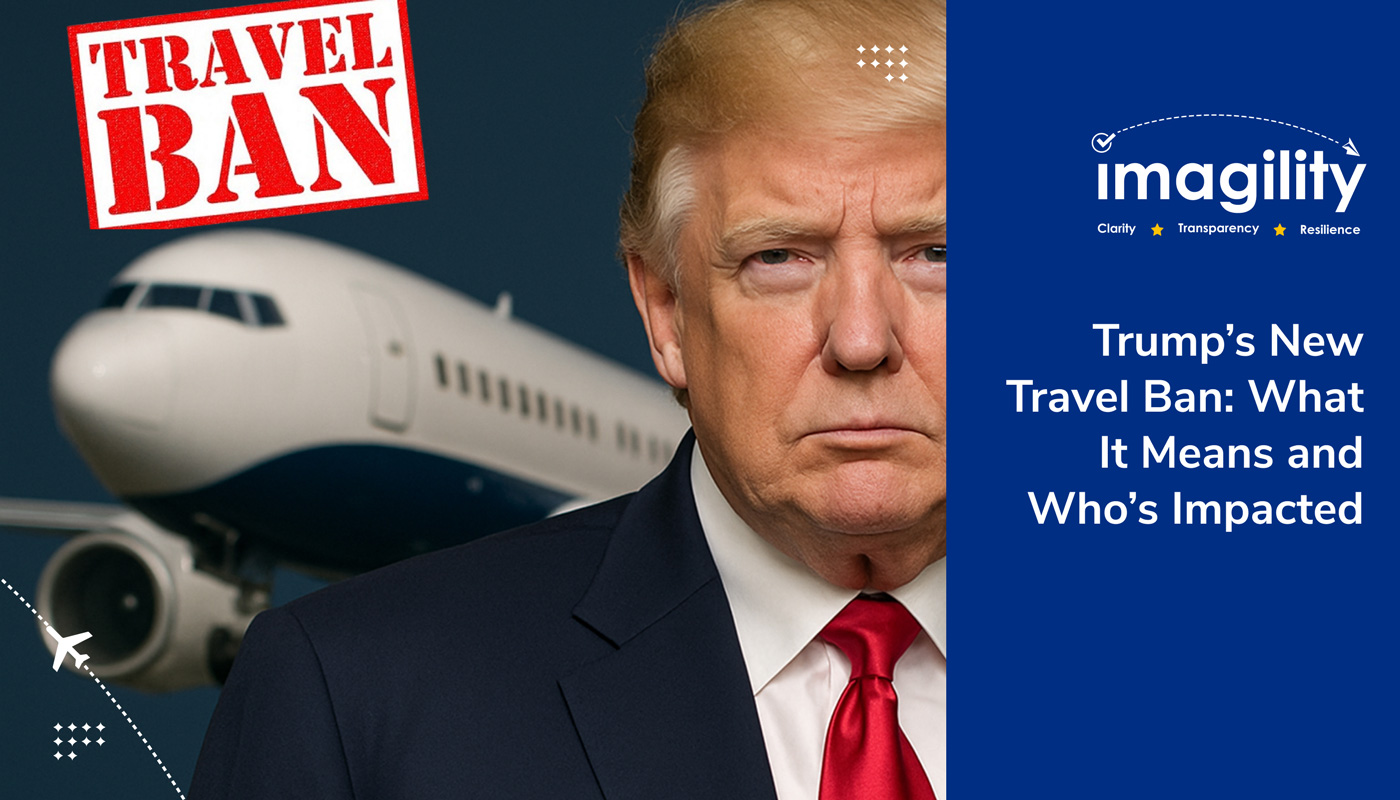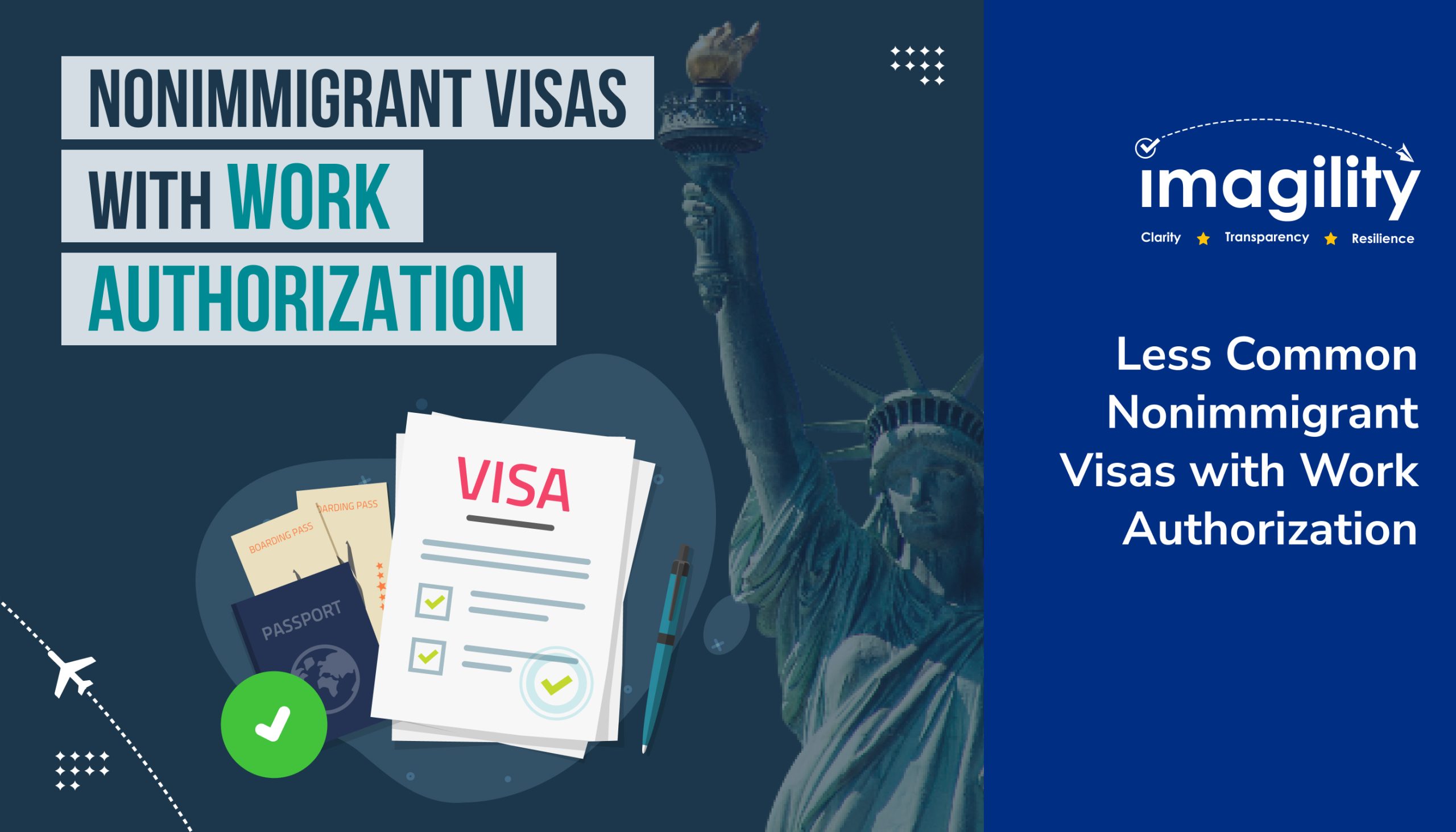Table of Contents
What is an H1B visa?
What is an L1 visa?
The Differences between H1B and L1 visa
H1B vs. L1 visa eligibility requirements
Factors to consider when choosing between H1B & L1 visa
Conclusion
Are you trying to decide between an H1B visa and an L1 visa? Every year, thousands of non-immigrants are confused between applying for an H1B or an L1 visa.
The H1B visa and L1 visa are two paths that beckon with promises of growth and success. But, when choosing between these visas, how do you determine which one fits your dreams and aspirations? Fear not, this blog unravels the intricacies of the H1B and L1 visas, offering a comprehensive guide to help you make the life-changing decision.
Discover the nuances of each visa, from eligibility requirements to duration of stay, and explore the key factors that will shape your journey.
Let’s start!
What is an H1B visa?
The H1B visa is a non-immigrant visa that allows U.S. employers to hire foreign workers in specialty occupations requiring specialized knowledge and expertise. It is commonly sought after by professionals in fields such as IT, engineering, finance, healthcare, and other specialized areas.
The H1B visa is typically valid for three years, with the possibility of an extension for another three years, totaling a maximum of six years. It is one of the most sought-after work visas due to its flexibility and the potential pathway to permanent residency in the United States.
What is an L1 visa?
The L1 visa is another non-immigrant visa category that enables multinational companies to transfer foreign employees from overseas offices to U.S. branches or subsidiaries. This visa is divided into two subcategories: L1A for managers and executives and L1B for employees with specialized knowledge.
The L1 visa allows individuals to work in the United States for an initial period of one year (if the U.S. company is a startup) or three years (if the U.S. company is established), with the possibility of an extension for up to seven years for L1A and five years for L1B.
The Differences between H1B and L1 visa
While both the H1B and L1 visas offer opportunities for foreign professionals to work in the United States, they differ significantly in their purpose and requirements:
- Purpose
The H1B visa is designed for individuals seeking employment with a U.S. employer in a specialized field, while the L1 visa is intended for intra-company transfers, allowing multinational companies to bring their employees to the U.S.
- Employer Sponsorship
H1B visa applicants must have a U.S. employer who is willing to sponsor them for the visa, whereas the L1 visa requires sponsorship from a qualifying multinational company.
- Annual Cap limits
H1B visas are subject to cap petitions, which allow 85,000 visa issues each year. On the other hand, there is no cap limit on L1 visa issuance.
- Specialty Occupation vs. Specialized Knowledge
The H1B visa is granted to individuals who possess a bachelor’s degree or higher in a specific field and will work in a job requiring specialized knowledge. On the other hand, the L1 visa is for employees with either managerial or executive roles (L1A) or specialized knowledge in their field (L1B).
- Duration of Stay
The H1B visa can be granted for up to six years, whereas the L1A visa can be extended for up to seven years, and the L1B visa for up to five years.
- Dual Intent
H1B visa holders are allowed to have “dual intent,” meaning they can apply for a green card (permanent residency) while on an H1B visa without jeopardizing their status. In contrast, L1 visa holders are not allowed to have dual intent, and applying for a green card may require a change to a different visa category.
H1B vs. L1 visa eligibility requirements
Let’s take a closer look at the H1B visa and L1 visa eligibility requirements one by one:
- H1B Visa Eligibility
To be eligible for an H1B visa, applicants must meet the following requirements:
- Possess a bachelor’s degree or higher or equivalent work experience.
- Have a job offer from a U.S. employer in a specialty occupation.
- The employer must file a Labor Condition Application (LCA) with the Department of Labor.
- L1 Visa Eligibility
To qualify for an L1 visa, applicants must meet the following criteria:
- Have been employed by a qualifying multinational company for at least one continuous year within the past three years.
- Be seeking to enter the U.S. to work for a parent, branch, subsidiary, or affiliate of the same company.
- Hold a managerial, executive position (L1A) or possess specialized knowledge (L1B) within the company.
Factors to consider when choosing between H1B & L1 visa
When deciding between an H1B visa and an L1 visa, you must go through several crucial factors:
- Job Role and Career Goals
Consider whether your job role aligns better with a specialized occupation (H1B) or if it involves a managerial or specialized knowledge position within a multinational company (L1). Choose the visa that best fits your job role and long-term career aspirations.
- Duration of Stay
Think about how long you intend to stay in the United States. The L1 visa allows for longer extensions (up to seven years for L1A and five years for L1B) compared to the H1B visa’s maximum of six years. The L1 visa might be more suitable if you foresee a longer-term commitment.
- Dual Intent and Green Card Aspirations
If you aspire to obtain permanent residency (green card) in the United States, the H1B visa’s dual intent provision might make it a more favorable option. H1B visa holders can apply for a green card without jeopardizing their non-immigrant status, while L1 visa holders may need to change to a different visa category to pursue permanent residency.
- Company Sponsorship
H1B visas require sponsorship from a U.S. employer, while L1 visas need sponsorship from a qualifying multinational company. Choose the visa that aligns with the company you’ll be working for.
- Flexibility for Job Changes
Consider the flexibility to change employers or job positions while in the United States. The H1B visa is tied to a specific employer, so changing jobs requires filing a new H1B petition. On the other hand, the L1 visa allows for more flexibility within the sponsoring multinational company.
- Family Considerations
If you plan to bring your spouse and children to the United States, consider which visa provides better opportunities for dependent visas. Both H1B and L1 visas allow dependent visas (H4 for H1B and L2 for L1), but the specific benefits and restrictions may differ.
Conclusion
Both the H1B and L1 visas offer unique opportunities for skilled professionals to work in the United States. The choice between the two depends on your individual circumstances, career goals, and the nature of your job. Consider the differences in eligibility requirements, duration of stay, dual intent provisions, and company sponsorship before you decide.
Seeking advice from an immigration expert can also provide valuable insights to make an informed choice and ensure a smooth application process. You can leverage the benefits of Imagility, an AI-based immigration software, to create and analyze petitions quickly to maximize the chances of visa approvals.
You can also download the Imagility lottery app if you plan to apply for an H1B visa. The Lottery app is to simplify the Lottery process for petitioners and beneficiaries in an already confusing immigration landscape, help them connect, and make informed decisions. Download the app on the Apple Store and Play Store now!
For more information, please visit imagility.co
Or call us at +1 603 782 4622/+1 617 865 6588.






